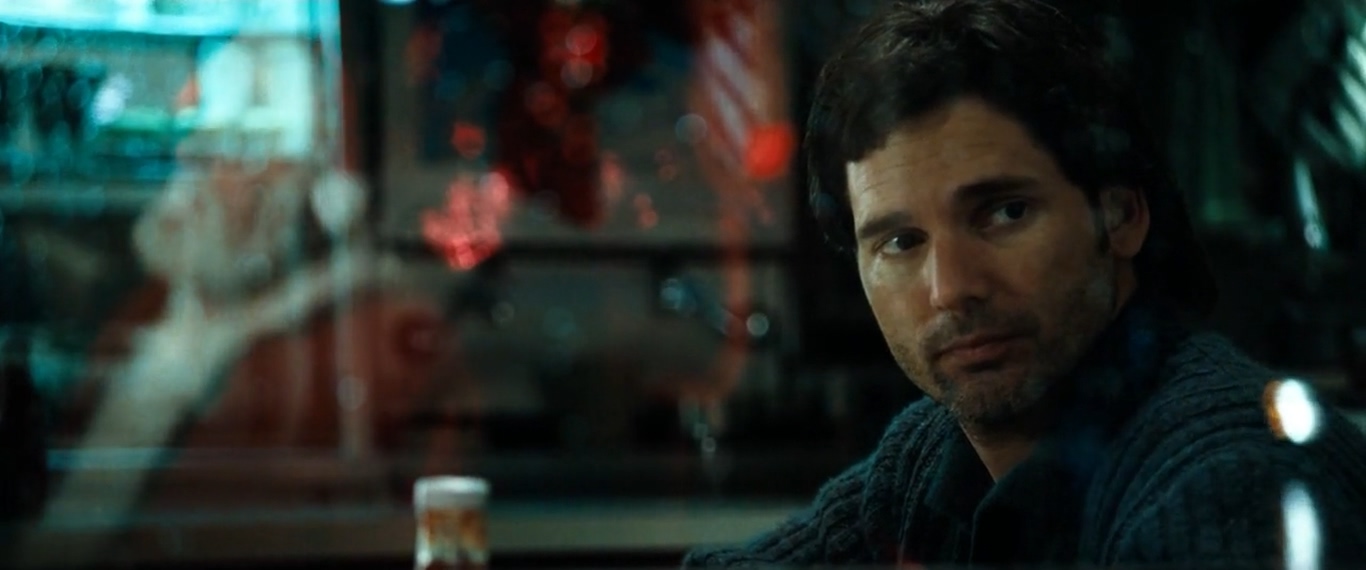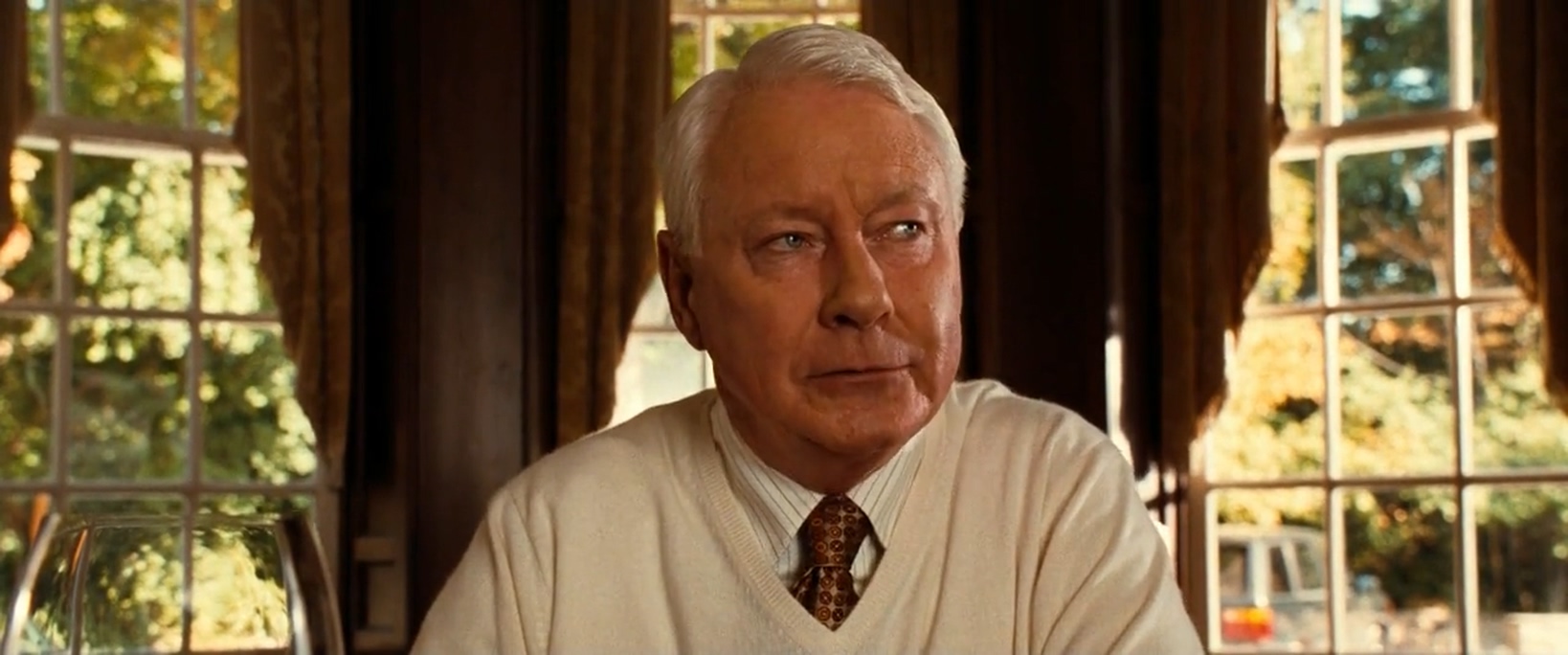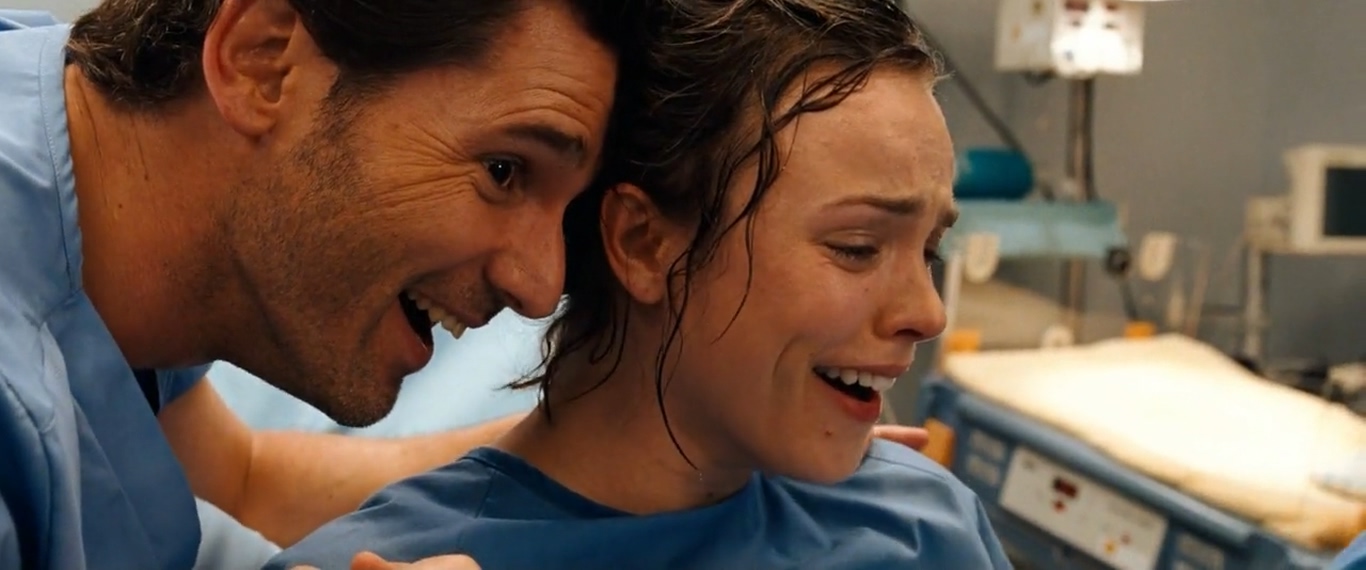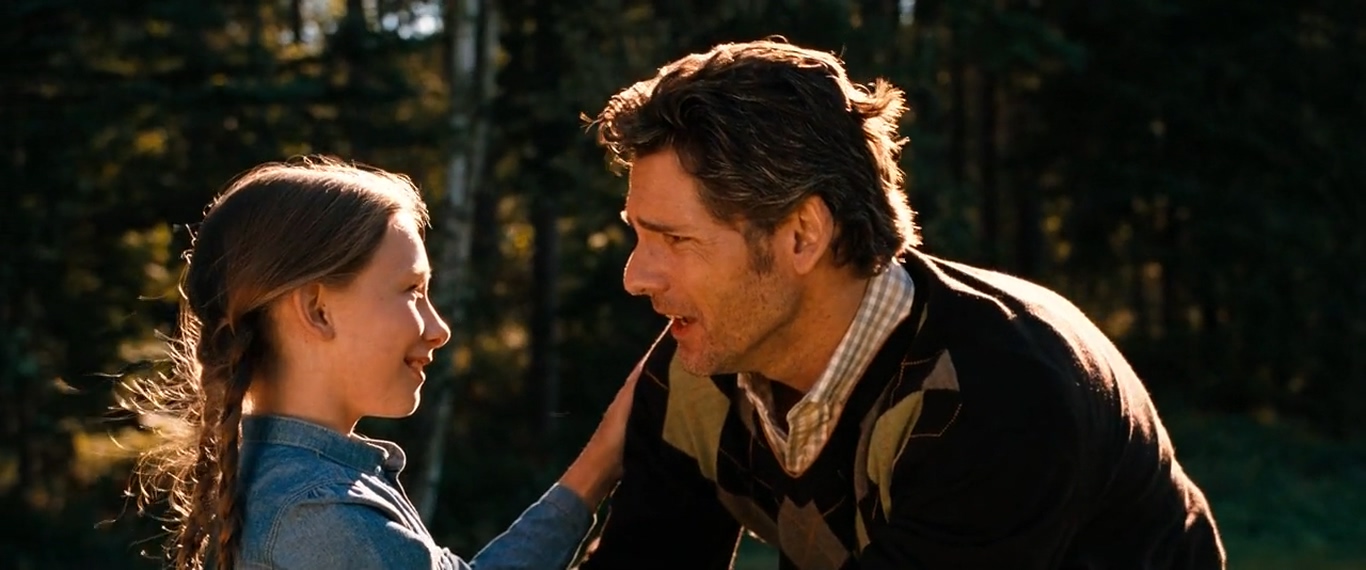If a genetic modification in your body allows you to sporadically travel in time, would you be able to change the course of your life? In asking the question, Robert Schwentke’s ‘The Time Traveler’s Wife’ takes away most of the visceral glory of the sci-fi genre and imbues the narrative with preposterous melodrama and romance. Based on the eponymous book by Audrey Niffenegger, the story revolves around the loving pair of Henry DeTamble, a time traveler not by choice, and Clare Abshire, the coping wife of the time traveler. In the film, Henry seamlessly moves between past and future, tying the knots of his present.
Through Henry’s journey, the audience gets to take a peek into his unarguably difficult but aptly fulfilled life. Featuring Rachel McAdams and Eric Bana in the lead roles, the sci-fi romantic comedy mash-up has polarized audiences – while some loved the on-screen chemistry between the lead pairs, most were taken aback by the labyrinthine timeline of the story that makes it rather difficult to keep track of things. Moreover, the sketchy premise, while loaded with exaggerated theatricalism, is not quite realistic, even for sci-fi. If the final moments of the film have left you bamboozled, that is where we come into the picture. SPOILERS AHEAD.
The Time Traveler’s Wife Plot Synopsis
‘The Time Traveler’s Wife’ begins with little Henry singing in the backseat of a car that his mother drives. Shortly before the accident that kills his mother, Henry evaporates from the car and reappears a bit far from the spot of the accident, where he gets to know from the old Henry about his ability to travel in time. The old henry manifests naked in what looks like a library. We come to know that he is a special collections librarian.

In the library, Henry meets Clare Abshire for the first time, who asks him out for dinner at the Beau Thai. After having an episode with the police, Henry manages to escape and travel to the restaurant where Clare is waiting to tell her story. The story is about a little girl who meets a time traveler in the meadows outside her home. Clare is a mere child when she meets the strange Henry, which is at a later time in Henry’s life.
It seems that Henry’s past is always Clare’s predestined future. However, Clare cannot accept the sporadic disappearances of Henry, as she always has to anticipate Henry leaving. They go over to Clare’s place to meet her friends, Charisse and Gomez. Shortly after, a confused Gomez catches Henry in a street fight, who tells Gomez about his unique condition that dislocates him in time. In a metro, Henry meets his mother at a younger age, but she does not recognize him.
Afterward, he feels sad for not being able to turn the course of history. Henry proposes to Clare, and she seemingly exercises her free will to say yes, but the story suggests that they are predestined to get married. They do get married, but Henry’s condition makes it difficult for the pair to cope. Clare wants a child, but the child also possesses the same genetic disorder as the father, as it is capable of traveling out of its mother’s womb into a different timeline.
Consequentially, Clare goes through a series of miscarriages, and Henry decides to get a vasectomy. However, Clare mates with a younger Henry and bears a girl child, Alba, who survives. When Alba is still in her embryonic phase, Henry travels to the future to meet the 10-year-old version of her. He gets to know that he has a date of expiration and waits for the final moment to arrive. The immanent will of fate cannot be escaped but stuck in a temporal loop; Henry would relive his life over and again, albeit in fragments.
The Time Traveler’s Wife Ending: Who Killed Henry? Did Clare’s Dad Kill Him?
Henry gets to know from his daughter that he is going to die when she is 5-years-old. It is Christmas Eve, and the family and friends gather for a party. This is the night when Henry is fated to die. Previously, a younger Henry appeared before the window of his house and saw himself dying. In the present timeline, Henry travels to a snowy landscape where he is accidentally shot by a party of hunters and manifests on the floor of his house wounded and dying.

It is when he is fated to die, and Henry embraces it without much surprise or fear. When we see the face of the hunter, it seems like he is none other than Clare’s Republican father. Also, the audience may remember that on the day of the nuptial ceremony, Clare’s father Philip asks Henry whether he would like to be taken on a hunting trip someday, to which Henry expresses his consent. Moreover, in a film governed ultimately by a fatality, it would only seem like a fair conclusion if Henry is killed by his father-in-law. All things considered, one can be sure that Philip is the one who took Henry’s life.
How Does Time Traveling Work?
Now, this is a tricky question even for MIT graduate astrophysicists. Henry’s biological condition, which is a rare genetic condition called “Chrono Displacement Disorder,” allows him to sporadically travel in time. The temporal loops depicted in the movie stem from a biological anomaly inherent within the protagonist. The kind of loop used in the narrative is called “causal loop,” a theory of time travel that depicts the past in terms of retro-causality. In theory, time travel entails a series of events causing another event, which is, in fact, among the causes of the series of events that started in the first place.
The causal loop comprises a paradox in theory since both the subjects exist in the same timeline. It contradicts fundamental laws in physics as the energy is doubled, and it seems that the second object appears from nowhere. Henry’s story begins with his recognition of his ability when an older Henry approaches him on the site of his mother’s accident. In the scene, it seems as if the older Henry appears from nowhere.

At a later scene, the older Henry discloses to his father that he has traveled back to the moment more than once, but he is always late. Seemingly, the incident sets an ontological paradox in motion, as the information keeps on traveling forever, going back to the same moment of rupture. However, the narrative suggests that the future for the protagonists is always predestined in retrospect.
One cannot alter the course of events due to the principle of consistency, and also that free will is a lie, that the course of life is already predetermined by the irony of fate. However, how Henry returns to the present timeline to forward the story remains a puzzle that none can solve. Numerous films, TV shows, and anime series have tried to decode the science of time travel, albeit with varying degrees of success. Some highlights of the genre include ‘Primer,’ ‘Looper,’ ‘Twelve Monkeys,’ and the cult classic ‘2001: A Space Odyssey.’
What is Chrono Displacement Disorder?
Often in the fictional trope of time travel, the protagonist is destined to travel in time to change the course of events. But they often fail to escape the loop, embracing destiny as it is. In the case of Henry, the condition is biologically prefigured in his genes, and he can’t even control when and where he will travel, denoting a complete absence of free will. Moments before the travel, Henry would feel a tingling sensation in his arm and legs, and thereafter they will cease to exist in the timeline, moving on to a past timeline.
According to Henry’s preordained doctor, the condition is a rare genetic disease called “Chrono Displacement Disorder.” His brain apparently discharges a “blast of electromagnetic energy,” resembling an epileptic attack right at the moment he travels in time. As Henry’s condition becomes progressively erratic through the course of the film, the audience finds it hard to keep track of the separate timelines. At one point, Henry goes past his life to meet his 10-year-old daughter, which, he claims, is the first time that Henry has traveled to the future. Given the logic of time travel, the fictional condition conjured to tell the story seems to be inconsistent.
Read More: Best Time Travel Movies Ever


You must be logged in to post a comment.